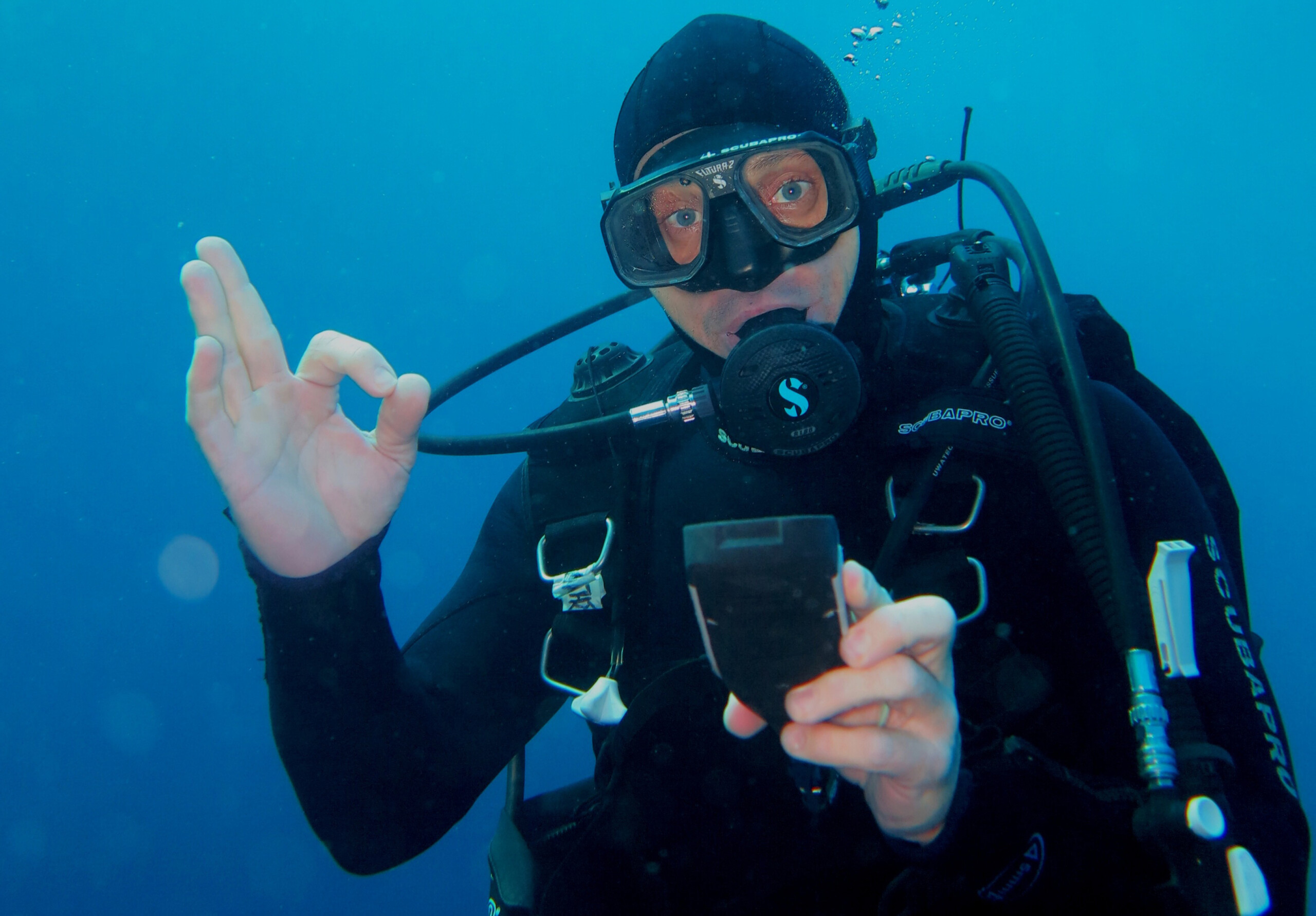Scuba diving is an incredible and adventurous activity that allows you to explore the underwater world and discover the beauty of the ocean. However, to be able to do this safely and responsibly, you need to be certified as a scuba diver.
In this comprehensive guide, we will take you through the process of becoming a certified scuba diver, from finding the right diving school to completing the necessary training and certification.
We will also cover important information such as the different types of certifications, dive gear, and continuing education and dive experience.
Choosing the Right Diving School
The first step in becoming a certified scuba diver is to find a reputable diving school. Look for a school that is affiliated with a recognized scuba diving organization such as PADI, SSI, or NAUI.
These organizations set the standards for scuba diving education and ensure that their affiliated schools provide high-quality training.
When selecting a diving school, it is also important to consider the location, class schedule, and the instructor's qualifications. You want to choose a school that is conveniently located, offers classes that fit your schedule, and has instructors who are experienced and passionate about diving.
It's also a good idea to ask for recommendations from other divers and to read reviews of the diving school online.
Understanding the Different Types of Scuba Diving Certifications
There are different levels of scuba diving certifications, and the one you choose will depend on your diving goals and experience. The most common certifications are:
1. Open Water Diver
This is an entry-level certification and is suitable for beginner divers. It covers the basics of scuba diving, including equipment use, dive planning, and emergency procedures.
After completing the Open Water Diver certification, you will be able to dive with a buddy to a maximum depth of 60 feet/18 meters.
2. Advanced Open Water Diver
This certification is for divers who want to expand their diving skills and knowledge. It includes specialties such as deep diving, night diving, and wreck diving.
After completing the Advanced Open Water Diver certification, you will be able to dive with a buddy to a maximum depth of 100 feet/30 meters.
3. Rescue Diver:
This certification focuses on emergency and rescue techniques. It is suitable for divers who want to improve their safety skills and be able to help others in case of an emergency.
4. Divemaster
This is the first professional-level certification. It is suitable for divers who want to become diving guides or instructors. It is a challenging and demanding course that will test your diving skills and knowledge.
After completing the Divemaster certification, you will be able to assist instructors and guide certified divers on dives.
5. Completing the Training and Certification
Once you have chosen a diving school and a certification level, it's time to complete the training and certification.
The training will consist of both theoretical and practical sessions, and you will need to pass a series of exams and dives to earn your certification.
The theoretical part of the training will cover topics such as dive planning, dive physics, and dive medicine.
You will also learn how to use the diving equipment and how to handle emergency situations. The practical part of the training will involve completing a series of open-water dives.
These dives will give you the opportunity to practice the skills you have learned in the classroom and to experience the thrill of diving in the ocean.
One important tip is to make sure you are comfortable with all the equipment before you start diving. Once you are comfortable with it, you will be able to focus on the dive rather than the gear.
6. Dive Gear
Having the right dive gear is essential for your safety and comfort when scuba diving. As a certified diver, you will need a full set of gear including a wetsuit, fins, mask, snorkel, regulator, buoyancy control device (BCD), dive computer, and weight belt or integrated weight system.
Some of the gear can be rented from the diving school, but it's recommended to have your own gear as you will become more familiar with it, and it will also fit you better.
When buying dive gear, it's important to consider the type of diving you will be doing and your own personal preferences.
Look for gear that is comfortable, fits well, and is made by a reputable brand. It's also important to have your gear serviced and maintained regularly to ensure it is in good working condition.
7. Continuing Education and Dive Experience
Becoming a certified scuba diver is just the beginning of your diving journey. To continue diving safely and to expand your diving skills, it is essential to continue your education and gain dive experience.
Continuing education can involve taking specialties, such as deep diving, wreck diving, or photography. It can also involve taking advanced or professional-level certifications.
The more you dive, the more comfortable and confident you will become in the water and the more you will be able to explore the underwater world.
Dive experience is essential for divers of all levels. The more you dive, the more comfortable and confident you will become in the water.
It's also a great way to explore new dive sites, meets other divers, and discover new marine life. As you gain more experience, you will also become more familiar with diving equipment, dive planning, and emergency procedures.
Conclusion
Becoming a certified scuba diver is an exciting and rewarding journey. By following this guide, you can ensure that you choose the right diving school, understand the different types of certifications, complete the necessary training and certification, and continue your education and dive experience.
Remember that safety should always come first, so make sure to pay attention to the rules and guidelines set by diving organizations and to always dive within your limits. Happy diving!







